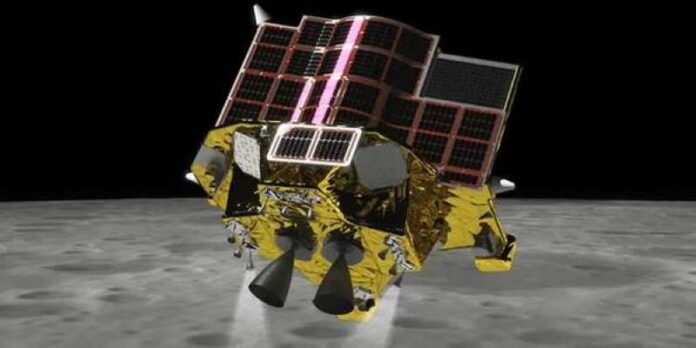In a significant milestone for Japan’s space sector, the Japanese space probe called “SLIM” successfully entered the lunar orbit today, marking a major step toward the country’s first successful landing on the moon’s surface. Dubbed the “Moon Sniper,” SLIM is designed to land within a remarkable 100-meter radius of a specific target on the moon, reported Al-Rai Daily.
If the upcoming mission proves successful, Japan will become the fifth country in the world to achieve a probe landing on the moon, following in the footsteps of the United States, Russia, China, and India. The Japan Aerospace Exploration Agency (JAXA) announced in a statement that SLIM had entered the lunar orbit as planned at 16:51 PM Japan time (07:51 GMT), with no notable issues reported regarding the probe’s condition.
JAXA revealed that SLIM’s descent to the moon’s surface is scheduled to commence on January 20, at around midnight Japanese time, with the landing expected just 20 minutes later. Following three weather-related postponements, the H-IIA rocket carrying the lander took off in September from the Tanegashima island.
According to JAXA, this mission aims to achieve an “unprecedented high-precision landing” on the moon’s surface. The lander is equipped with a spherical probe, developed in collaboration with a toy company, which can alter its shape for mobility on the lunar terrain. Unlike previous probes that landed several kilometers away from their intended targets, SLIM boasts a remarkable margin of error of less than 100 meters. Researchers at JAXA have worked for 20 years to achieve this level of accuracy.
The increasing demand for identifying specific targets, such as craters and rocks on the moon’s surface, has driven the advancement of technology in lunar exploration. Shinichiro Sakai, the SLIM project manager at JAXA, explained the evolving goals of lunar missions, stating that simply exploring the moon is no longer sufficient. Sakai added that SLIM’s exceptional resolution may facilitate sampling of lunar permafrost, a crucial step toward unraveling the mysteries surrounding the moon’s water resources.

















